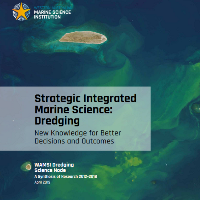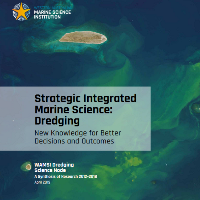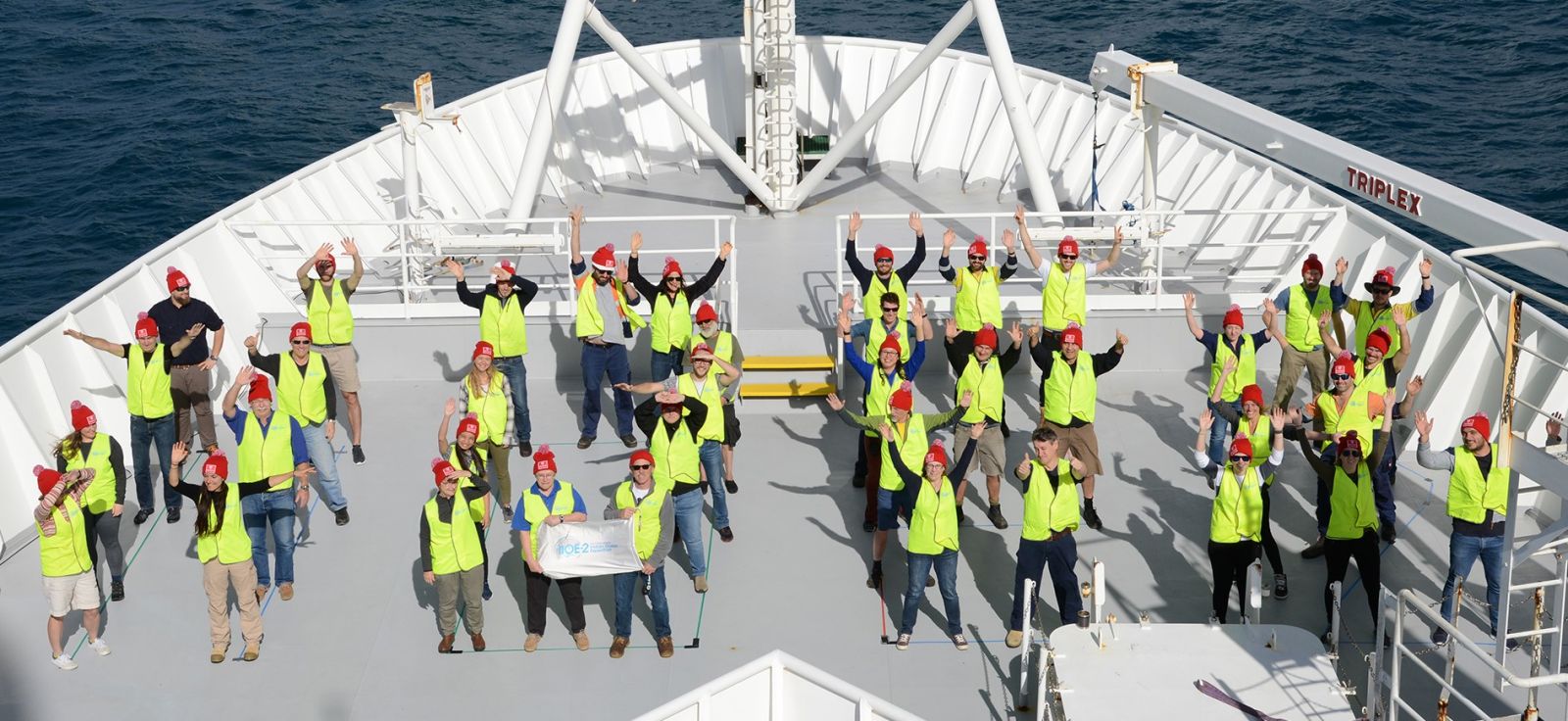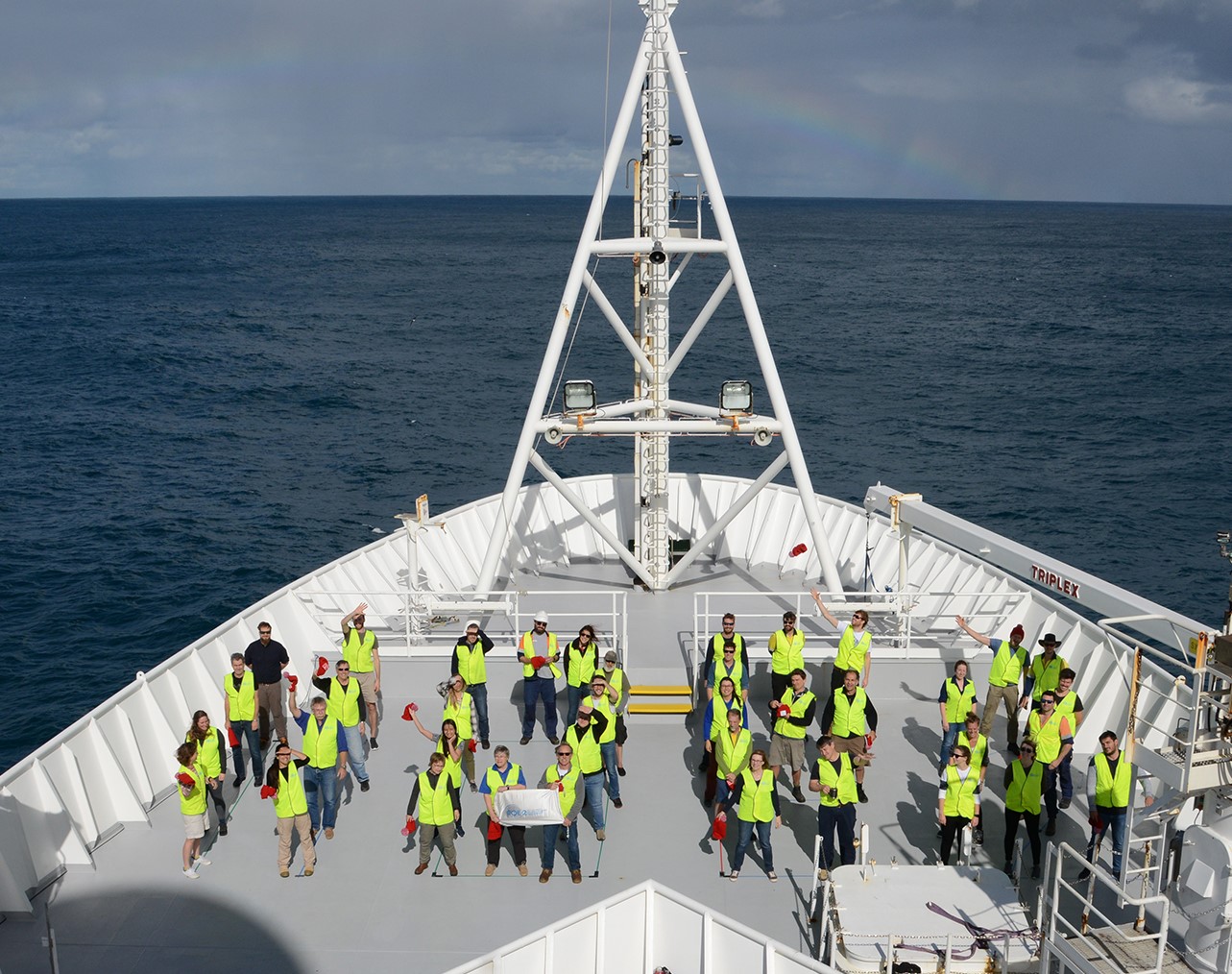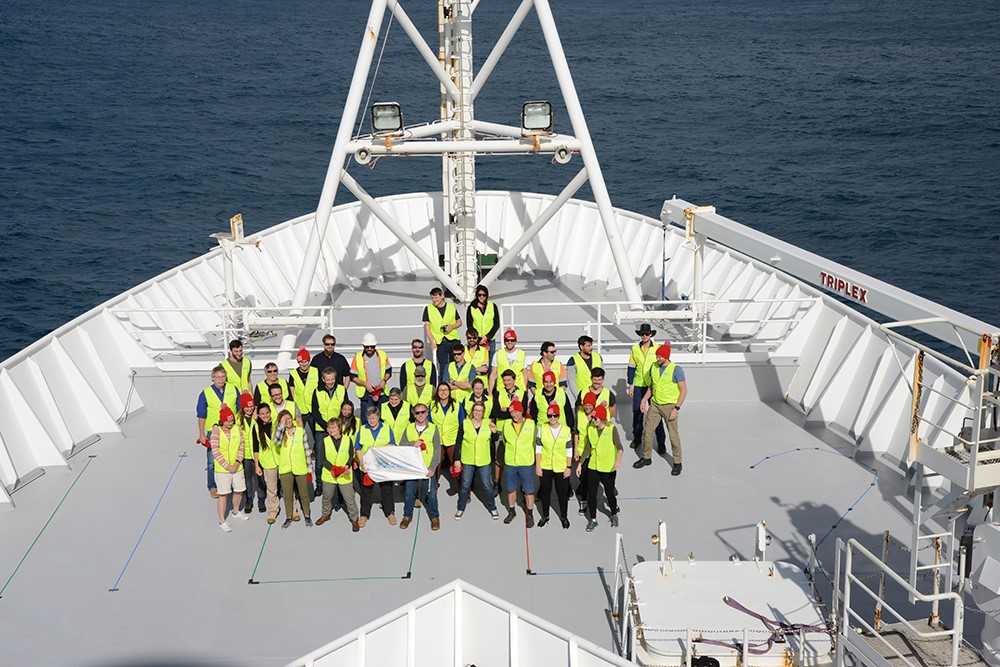WAMSI appoints community partnerships role for Shark Bay research
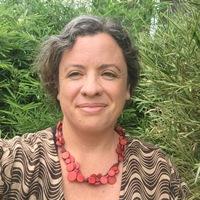
Acknowledging that partnerships and processes have not yet been established between scientists and the community in Shark Bay, the Western Australian Marine Science Institution has made a key community liaison appointment to support input into the marine science plan for the area.
Taking on lessons learned from WAMSI’s Kimberley Marine Science Program and the Kimberley Indigenous Saltwater Science Project, Gina Lincoln, from Mosaic Environmental, has been engaged to undertake this work.
Gina will offer the group assistance to start developing their own community-led research processes to inform how researchers engage with Malgana Traditional Owners.
Shark Bay is the traditional country of three Aboriginal language groups: Malgana, Nhanda and Yingkarta. In working with Traditional Owners through the science planning process WAMSI hopes to foster lasting, reciprocal relationships between Indigenous knowledge holders and scientists.
Gina was recently involved in several aspects of the AMSA Indigenous workshop held in Fremantle in July, with the aim of ‘promoting the establishment of collaborative and respectful partnerships for sea country research and monitoring in Western Australia’.
The primary outcomes of the AMSA workshop were for:
- Indigenous community representatives to propose the establishment of a preference (standard) for how they want marine science institutions to go about commencing and progressing engagement with WA Indigenous communities – and agree on next steps to develop and agree on a standard.
- Indigenous sea country people to identify their interests for working with marine science institutions and marine management agencies that are implementing or planning major marine science and monitoring programs in WA.
- Representatives from marine science institutions and marine management agencies to identify their interests for working with Indigenous communities in sea country in WA.
One of the first tasks for the community partnerships and processes role will be to open a dialogue with Malgana people through their Land and Sea group, around Malgana saltwater Country research and science return priorities for Gutharraguda (Shark Bay).
A workshop is currently being planned to take place in Shark Bay within the next few months.

